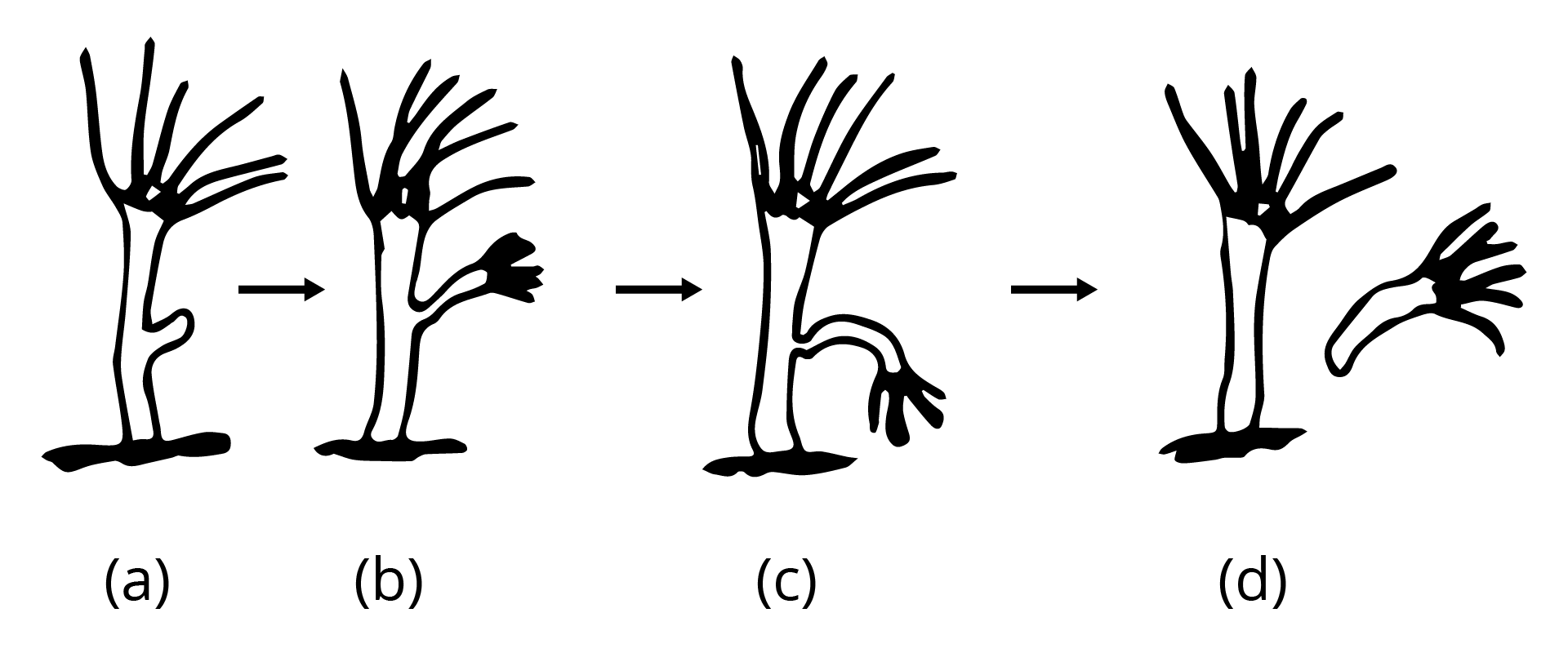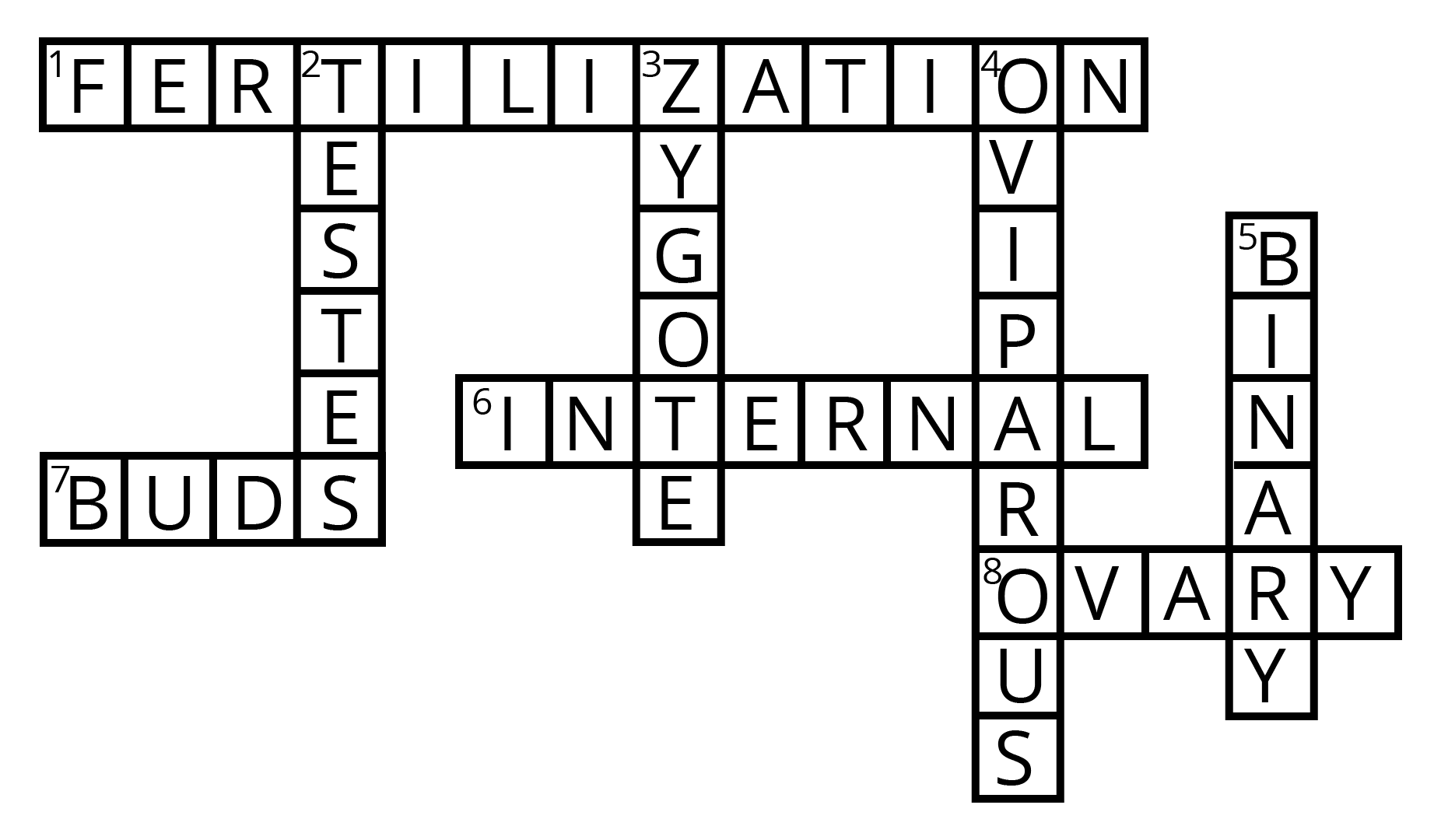Step-by-Step Solutions For Class 8 Science Chapter 9 In Hindi - Free PDF Download
FAQs on NCERT Solutions For Class 8 Science Chapter 9 Reproduction In Animals in Hindi - 2025-26
1. Does friction only happen when an object is moving?
No, friction also acts on stationary objects; this is called static friction. It's the force you must overcome to start moving something, like pushing a heavy desk. Static friction is what prevents a book from sliding down a tilted table.
2. Does using the friction Class 8 NCERT Solutions PDF mean I'm not learning?
No, using the friction Class 8 NCERT Solutions PDF effectively is a smart study technique, not a shortcut. The common myth is that looking at a solution is cheating, but its real purpose is to guide and verify your own work.
The best method is to attempt all the friction class 8 questions and answers on your own first. After completing a problem, use the solutions to check your steps and final answer. This helps you pinpoint exactly where you made a mistake—for instance, maybe you confused static and sliding friction in an explanation.
This active self-checking process reinforces concepts and builds confidence. You aren't just getting the answer; you are learning the correct method to arrive at it, which is crucial for exams.
Think of solutions as a tool for self-assessment, not a substitute for effort.
3. Is friction always a bad or unhelpful force?
No, friction is often a necessary and helpful force. While it does cause wear and produces unwanted heat, we depend on it to walk without slipping, write on paper, and for car brakes to work. Many everyday actions would be impossible without it.
4. Is it true that a perfectly smooth surface has zero friction?
No, even a surface that appears perfectly smooth still has friction. This misconception occurs because we associate friction with obvious roughness, but on a microscopic level, all surfaces have tiny imperfections like hills and valleys called irregularities.
When two surfaces, like a glass slab and a wooden block, are in contact, these micro-level irregularities interlock. To make one surface slide over the other, you must apply force to break these interlocks. This resistance to movement is friction. This is why even a rolling ball on a polished floor eventually stops.
The NCERT Chapter 9 explains that friction is caused by the interlocking of irregularities on the two surfaces in contact. Greater smoothness reduces this interlocking, but it never eliminates it completely.
So, smoothness reduces friction but never makes it zero.
5. Do the NCERT solutions just give the final answer for each question?
No, a quality NCERT solution for class 8 science chapter 9 provides detailed, step-by-step explanations for every question. They are designed to show the correct scientific reasoning and method, not just the final result, helping you learn how to solve problems yourself.
6. Are the NCERT Solutions PDFs only for the end-of-chapter exercise questions?
No, comprehensive NCERT Solutions for Class 8 Science Chapter 9 cover more than just the final exercise questions. A common misunderstanding is that solutions are only for the list of questions at the very end of the chapter.
Well-structured solutions, like those in the Vedantu Free PDF, also often include explanations for in-text questions and activities mentioned within the chapter. This ensures you understand the concepts as they are introduced, not just during the final review. For example, it will explain the 'why' behind activities like observing the effect of a lubricant on a carrom board.
By covering all types of questions, these resources provide a complete picture of the chapter's content, ensuring no concept is missed.
This holistic approach helps build a stronger foundation for the entire chapter.
7. Is rolling friction stronger than sliding friction?
No, rolling friction is actually much weaker than sliding friction. This is why it is easier to roll a heavy suitcase with wheels than to drag it across the floor. The wheels reduce the contact area and the interlocking of surfaces.
8. Does friction only depend on the type of surface, like wood or glass?
No, the force of friction depends on two main factors: the nature of the surfaces in contact and how hard they are pressed together. The myth is that only the material's roughness matters.
While the type of surface is important (e.g., rubber on concrete has more friction than steel on ice), the force pressing them together (the normal force) is equally critical. For example, it is much harder to push a heavy box than an empty one across the same floor. The heavy box presses down with more force, increasing the interlocking of surface irregularities and thus increasing friction.
So, remember the rule: Friction depends on both the coefficient of friction (surface nature) and the normal force (how hard surfaces are pressed).
Both surface nature and pressing force determine the amount of friction.
9. Do I have to pay to get the friction class 8 NCERT PDF?
No, you can typically access the friction class 8 ncert pdf for solutions for free. Reputable educational platforms provide these resources as a Free PDF download to help students study effectively without any cost, allowing for easy offline access on any device.
10. Are all questions in the Class 8 Science Chapter 9 question answer section equally important?
NCERT Solutions for Class 8 Science Chapter 9 are designed to cover the entire syllabus, but some question types are more frequently asked in exams. It's a myth that you should focus on just one type, like definitions, and ignore others.
A balanced approach is best. Pay close attention to questions that ask you to "explain why," as these test your conceptual understanding of friction (e.g., why athletes use shoes with spikes). Also, focus on questions that differentiate between types of friction (static, sliding, rolling) and those that discuss methods to increase or reduce it.
While every class 8 science chapter 9 question answer helps build your knowledge, prioritize those that test application and reasoning. The solutions help by showing you how to structure these high-value answers correctly.
Use solutions to master concept-based and 'why' questions for better exam preparation.


























